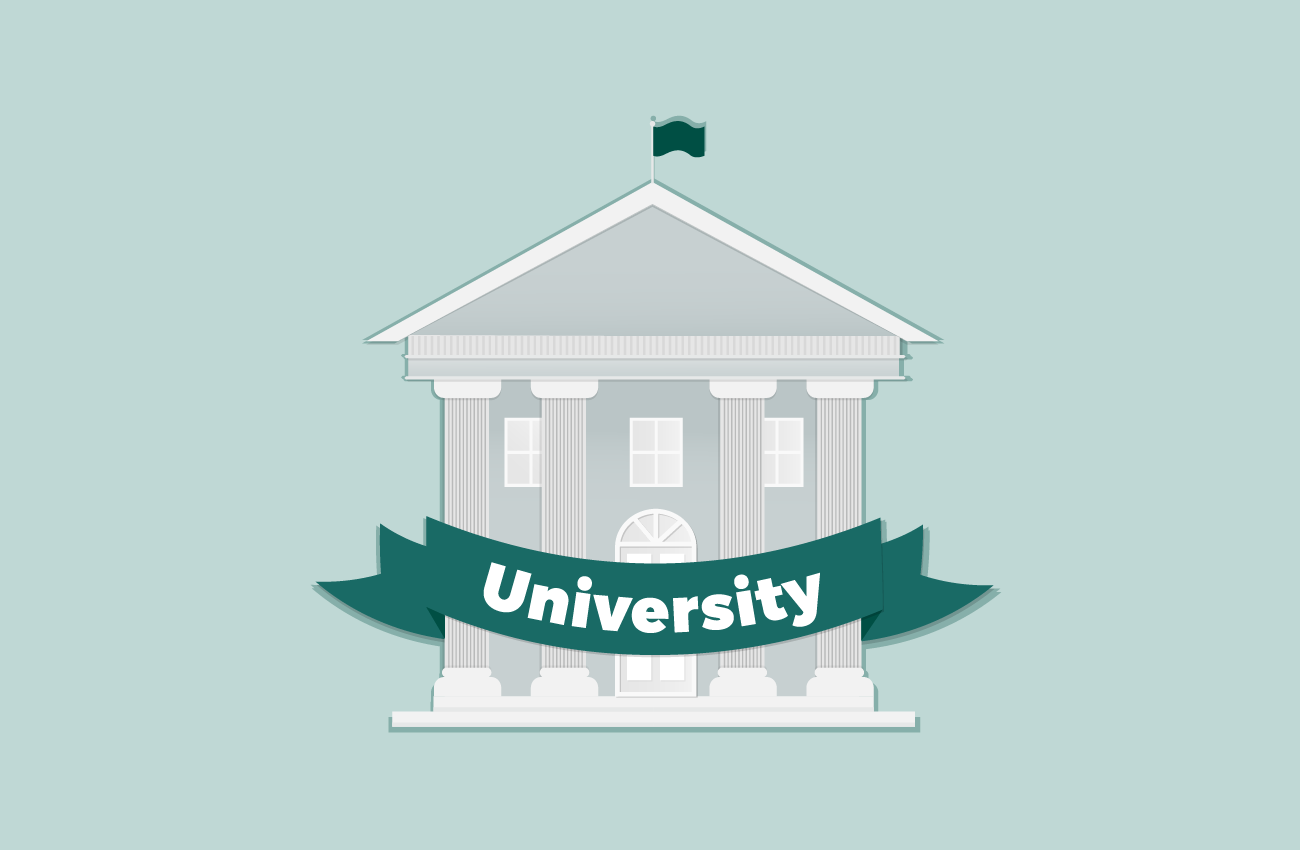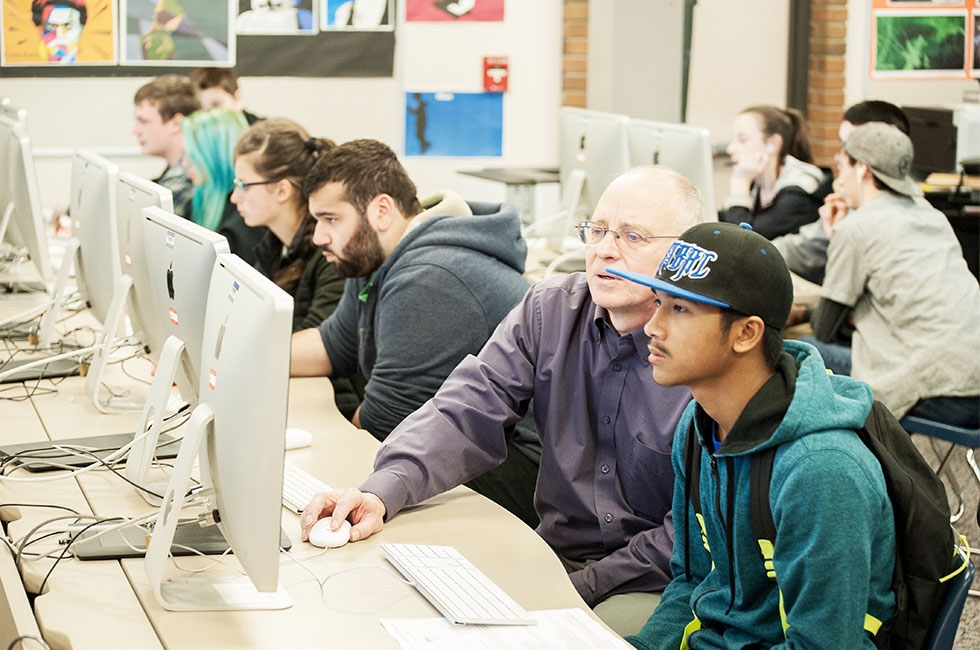
There are some things you need to know if you plan to create an online course on design. The first step is to plan your course. This includes designing a system and creating a lesson program and template. To spice up the lessons, you might also consider adding live quizzes. This will let you assess learner understanding real-time.
Plan your course
You should take into consideration many factors when designing your online course. It is important to consider the learning style and type of student that you are teaching. Your course should be engaging and captivating if you want to appeal to students with a more directive learning style. You have many options to create engaging online courses.
The process of creating a course requires careful planning. A course planning tool can help you organize and plan your ideas and goals. It will also give you a solid base to work from. Guides will guide you through the process of writing learning objectives, choosing content, and aligning activities with these objectives.
Create a design system
Design systems are a popular and effective way to create a consistent look and feel for your product. They will make your product easier to recognize and will reduce the number of design decisions required. A course in design systems can help you create your own design system.

When you are working with a development team design systems can help speed up development by making sure all applications are consistent. Learn foundational design concepts such as pattern inventory and how patterns can be integrated into production environments. You will also learn how to utilize design tokens, which are powerful tools that help you create consistent interfaces.
Develop a lesson plan
Students will learn from many perspectives when a course is well-designed. Lesson plans are a tool that instructors use to determine learning objectives and create content. They can also be used to help students learn and prepare their learning materials. It is important that lesson plans can be adapted to professors' teaching styles. They should provide opportunities for interaction and outline the main points of each lesson. Here are some guidelines for creating a course outline.
First, determine your target audience. Which type of students will you be teaching? What content will they need to master? Once you have identified your audience, it is time to start building your course. You can create a lesson plan using a storyboard template. Bloom's Taxonomy can also be used to help you create a lessonplan. This theory suggests that the learning process can be broken down in to different levels: remembering and understanding, analyzing, evaluating, creating, and evaluating.
Create a lesson plan template
An online course's lesson plan template can be a helpful teaching resource. It gives instructors a guide to keep the content of the course on track and provides guidelines for activities. They also make it easier to learn the course material. There are many lesson plan templates. These templates are adaptable to different disciplines.
A template that is useful should be flexible and easily editable. It should also include key learning objectives and results. It should also include a timeline and break down of the sections.

A lesson plan template can be created
A lesson plan describes the content that a student will be learning. It should contain activities that students are able to do at home or in class. It should outline what topics the student will study and how they will be broken down into sections. It should include descriptions for each section and objectives as well as a timeline.
When developing a lesson plan template for an online course, it is important to consider the different methods that students will use to learn. Although a video or article can be a great starting point, it is not necessary to include all possible learning styles.
FAQ
What is an alternative school?
An alternative school is designed to give students with learning problems access to education, by supporting them with qualified teachers who understand their unique needs.
An alternative school provides children with special educational needs the opportunity to learn in a regular classroom setting.
Additionally, they receive extra support when necessary.
Alternative schools aren't just for those who were excluded from mainstream school.
They are open for all children, regardless their ability or disability.
What is a vocational high school?
Vocational schools are institutions offering programs designed for people who want to enter a specific occupation. They might also provide training in job-related skills and general education.
Vocational education is an important part of our society because it helps young people develop the skills they need to succeed in life. It provides students with high-quality learning experiences.
A vocational school provides a variety options for its students. They can choose from certificates, diplomas or degrees as well as apprenticeships, certificates, diplomas or degrees. Vocational school students learn both academic subjects and more practical subjects like math, science, English or social studies.
What is the purpose or education of schooling?
Education should help students develop skills necessary for employment. It is not just an academic pursuit but also a social activity where children learn from each other and gain confidence by participating in activities such as sports, music, and art. Education is about learning to think critically and creatively so that students can be self-reliant and independent. What does it entail to have high educational standards?
Educational standards that promote student success are considered good. They give teachers a clear vision of the goals they want to achieve with their pupils. Good educational standards are flexible enough to enable schools to meet changing needs. In addition, they must be fair and equitable: every child has the same chance of success regardless of his/her background.
Do you have to go to college in order become an early education teacher?
You can't, but it is worth considering going to college to get a degree in this field.
It is important to remember that it is not easy to become a teacher. Every year, many people are rejected. In addition, many people quit after just one semester of college.
You must still meet stringent qualifications to be a teacher.
How much does homeschooling cost?
Homeschooling does not require you to pay a set fee. Some families charge between $0-$20 per lesson. Other families offer no-cost services.
Homeschooling takes dedication and commitment. Parents should have enough time for their children.
They should also have easy access to books, supplies, as well as other learning tools. Homeschoolers are often required to attend community events and participate in programs that complement their curriculum.
Parents must consider the costs associated with transportation, tutors, and extracurricular activities.
Homeschoolers need to be prepared for special occasions, field trips and vacations.
Statistics
- And, within ten years of graduation, 44.1 percent of 1993 humanities graduates had written to public officials, compared to 30.1 percent of STEM majors. (bostonreview.net)
- In most developed countries, a high proportion of the population (up to 50%) now enters higher education at some time in their lives. (en.wikipedia.org)
- They are more likely to graduate high school (25%) and finish college (116%). (habitatbroward.org)
- They are also 25% more likely to graduate from high school and have higher math and reading scores, with fewer behavioral problems,” according to research at the University of Tennessee. (habitatbroward.org)
- Globally, in 2008, around 89% of children aged six to twelve were enrolled in primary education, and this proportion was rising. (en.wikipedia.org)
External Links
How To
Why homeschool?
There are many factors that you need to consider when deciding whether or not to homeschool.
-
What type of education do you want for your child? Are you looking to develop social skills or academic excellence?
-
How involved would you like to be in the education of your child? Are you more interested in being kept informed about your child's progress? Do you prefer to keep informed or let your child make the decisions?
-
Do you have any special needs for your child? How can you help your child?
-
Do you have the ability to manage your children's time? Are you able to commit to teaching your child at-home every day?
-
What subjects will your course cover? Math, science, language arts, art, music, history, geography, etc. ?
-
What amount of money are you able to spend on your child's education?
-
Is it possible for your child to start school at an early age?
-
Your child will need a place to live. This means finding enough space to accommodate a classroom, and providing sufficient facilities such as bathrooms.
-
What is your child's age?
-
When does your child go back to sleep?
-
When will he/she awaken?
-
What time does it take to go from point A to point C?
-
How far is your child's school from home?
-
How far is it from your home to your child's school.
-
How will you transport your child to and from school?
-
What are some of these benefits?
-
What are their disadvantages?
-
Who will supervise your child outdoors?
-
What are your expectations from your child?
-
Which discipline will you choose?
-
What curriculum will your school use?
There are many reasons that people homeschool their children. Here are some of the reasons.
-
Your child may have learning disabilities that prohibit him/her attending traditional schools.
-
You would like to offer your child an alternative educational system.
-
You desire more flexibility in scheduling.
-
You don't want to pay high tuition fees.
-
You believe your child is receiving a better quality of education than he/she could receive in a traditional school environment.
-
You think you can teach your child better than the teacher in a traditional school setting.
-
The school system is not what you like.
-
The school system's rules and regulations make you feel uncomfortable.
-
You want your child to develop a strong work ethic.
-
You want your child's freedom to choose the courses they take.
-
You want individual attention for your child.
There are other benefits to homeschooling:
-
It is not necessary to worry about uniforms and books, pencils, pencils, paper, or other supplies.
-
You can customize your child's education according to his/her interests.
-
Parents can homeschool their children and spend time with them.
-
Homeschooled students tend to learn faster because they are not distracted by peers.
-
Homeschoolers score higher on standardized exams.
-
Families who homeschool tend to be happier in general.
-
Students who homeschool are less likely than others to drop out of school.